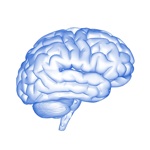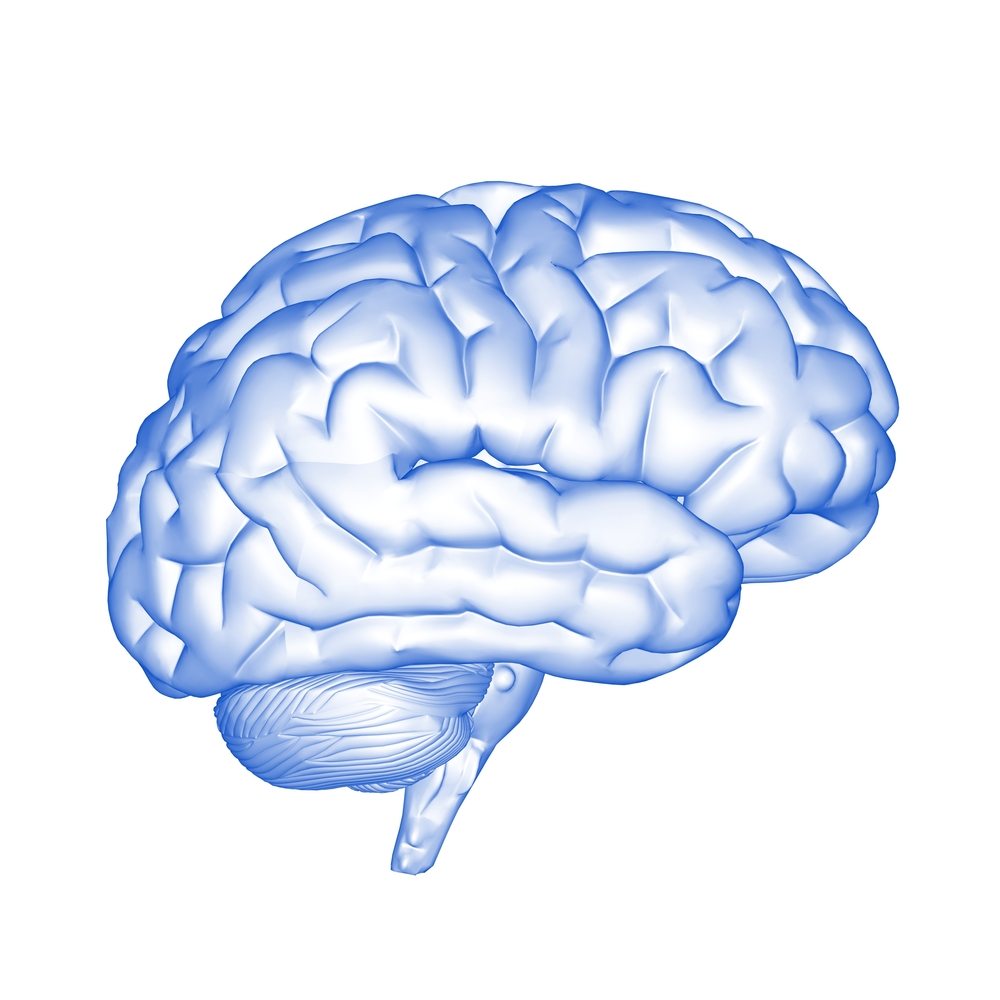As I touched on in the first post on this subject, there are a wide variety of ideas about how absolute pitch works. Why do some people ‘just have it’? If you’re not born with it, how can you develop it? Why do some people hear real differences in a C and a D, and others not?
In this post I want to discuss some of the ideas around how absolute pitch works, and highlight what I thought was particularly promising in the forum post on absolute pitch training I mentioned before.
Conflicting theories
If you look at training courses for absolute (or “perfect”) pitch, you’ll find a lot of conflicting explanations of what makes the ear hear different pitches differently. Anything from the relative strength of the harmonics, to timbral clues (like the start and end of notes), to an inexplicable ‘character’ that you must try to hear through very deep listening.
My educational background is scientific and I’m a big fan of Occam’s Razor – so it’s probably no surprise that I tend to subscribe to the more basic explanation, one grounded in fundamental science:
The ear already distinguishes absolute pitches
but your brain has forgotten it should care!
The simple explanation
In terms of biology, we know the ear distinguishes absolute pitch. It’s why you can tell a high-pitched sound from a low-pitched one, regardless of the type of sound or whether you’ve heard another one recently to compare it with. Take the simplest case: just about anybody can distinguish between a treble/high sound and a bass/low one. There might be a fuzzy area in between, but we can safely say that for the two-class case, everybody has absolute pitch.
Of course the more common use of the term is to mean distinguishing between the notes in the (Western) diatonic musical scale. It can also encompass finer degrees, such as telling whether notes are in tune, but the most common usage of “perfect pitch” or “absolute pitch” is to mean this note identification ability. In fact this is the same skill as in the bass/treble case – it’s just more refined.
What makes for a more “refined” sense of absolute pitch? Is it a matter of biology? You might think that some people’s ears are just physically more capable of telling different pitches apart. That would certainly seem to agree with the magical “some people just have it” argument.
Train Your Brain
 In fact, the fundamental pitch-sensing apparatus in the ear is pretty consistent, and always capable of distinguishing pitches to the degree required for identifying notes. There may be some variation due to age, genetics, and exposure to loud sounds, but this variation almost never compromises the resolution of the ear beyond what absolute pitch requires.
In fact, the fundamental pitch-sensing apparatus in the ear is pretty consistent, and always capable of distinguishing pitches to the degree required for identifying notes. There may be some variation due to age, genetics, and exposure to loud sounds, but this variation almost never compromises the resolution of the ear beyond what absolute pitch requires.
So if the ear is up to the task, then the lack of absolute pitch discrimination must fall in the brain side of things. As we’ve discussed previously on the site, the brain can be taught how we want it to classify things, and become very reliable at making these classifications automatically. So to me, absolute pitch training should be something designed to:
- Remind the brain that this information is available to it, from the ear
- Make the recognition/reproduction of pitches gradually easier and more reliable
The training methods that appeal to me then are ones which take this approach – no tricks, no strange explanations of how the brain recognises pitch (except the one basic one that any biology student could tell you!), and no promises that it will be an instant, magical awakening which leaves you with a permanent gift.
Purity of Training Methods
What appealed to me about the forum post was that the experiment being suggested was a very simple one:
- ‘Notes’ of a single frequency
(i.e. a pure tone, not an instrument sound)
This gets away from issues of whether your training is dependent on the particulars of the instrument you’re using, and is a very solid base to build – if you can reliably recognise the pitch of single frequencies, you should have no trouble with more complex, harmonic sounds. - Long tones
This avoids issues of the start and end of notes, and gives your ear (and brain) a chance to tune into what you’re hearing – and the fact that you’re interested in the absolute pitch, not what any other notes are doing in relation to it.
Personally I’m not sure if really long tones (i.e. longer than 10 seconds) are beneficial – but that’s one of the interesting questions of the experiment. - Gradual introduction of pitches
Starting from a single note (a reference pitch) makes a lot of sense as a way to “bootstrap” your brain’s sensitivity to absolute pitch. And building up from there at your own pace, introducing more notes gradually, seems like a sensible way forward which is likely to work without overwhelming your brain.
I’ve tried a variety of methods for developing absolute pitch (and will be posting more in future about my experiences and progress) but one thing I’ve had a lot of success with is learning just one or two reference pitches, and starting to build from there.
Exploring New Ideas
I’m really excited to see people challenging the status quo in ear training, and working to find new, innovative, and personalised ways to train more effectively. That’s even better when it’s done socially, offering up experiences and inviting others to take part or contribute their own ideas.
If you want to start taking charge of your training and help us develop new ways to gain incredible aural skills – come join the discussion!
Previous posts in this series:
1. Absolute Pitch Meditation
2. 21st Century Ear Training
See Also: Surviving Ear Training 101: The Reference Pitch








I find this website very helpful. thanks again for the information on ear training.
Thanks Abraham, great to hear it!
A great post with a great title. Indeed, it’s time to forget the “magic” attitude to AP, and to get to understand how it works instead of viewing it as a miracle kept in mystery. I especially like “The Simple Explanation” and “Train Your Brain” sections — they coincide with what I’ve read in the topic, and what I’ve realized myself through rational thinking.
Two observations to point out, though:
1) “If you’re not born with it, how can you develop it?”
– This sentence strengthens the “some people are born with it” narrative, which is part of the “magic” attitude, and should be forgotten, as well.
The way how we assign certain labels to certain frequencies, what we consider the standard value of A, and even the fact that we divide the octave into 12 pitches, are just arbitrary human constructions. It’s an unrealistic, irrational hypothesis that anyone should be born with knowing the exact convention our society is currently sticking to. AP CONCRETIZED for a certain pitch standard — which we usually call AP — MUST BE a learnt ability, for everyone having it, even if some people acquire it at such a YOUNG age that they don’t remember learning it, and even if this early learning is spontaneous and effortless rather than conscious (due to the neuro-plasticity of the 4-6-year-old brain).
Claiming that someone is “born with AP” sounds like claiming that someone is “born with” speaking their mother tongue. The fact that we don’t remember learning our mother tongue and that we later percieve speaking it as a natural skill, doesn’t mean either that we are “born” with it.
2) Learning a reference tone and combining it with relative pitch for the ability of identifying all tones, is very cool, but, regarding the underlying mechanism, this is not “true AP”. When it’s been well developed, it might not be distinguishable from “true” AP for external spectators, symptomatically, but it’s still a different skill. This is actually called “single-tone AP”.
This is an indirect, two-step method for tone-identification (remembering the reference tone and then RP-calculating the distance from it), while (“true”) AP means DIRECT ACCESS for all pitches in the long-term tonal memory, without applying any RP strategies.
Single-tone AP is definitely learnable (proven fact, and I even have a friend who has it!); the real question is whether the “true” AP mechanism is learnable.
My answer is: yes, that’s learnable, as well. Not only because of the reasons mentioned in the post, but: if it’s proven to be improvable for 1 pitch, then developing it for 12 pitches is only a quantitative question.
The question is: which mechanism makes more sense to engage in? — Single-tone AP might be an easy way of producing AP-like symptoms, promising quick success — but still, I’m not sure this is the right choice. Why? Because single-tone AP has an inherent delay in the REACTION TIME (due to its two-step mechanism), in comparison to the incredibly fast (almost zero) reaction times that “true” AP-ers often produce, due to their “direct access” mechanism. Many AP-researchers measure the reaction time, as well, and this is how they can filter out single-tone AP-ers from the possessors of “true” AP.
Trying to learn the “true” AP mechanism might not promise such quick success, but on the long term — after a lot of practice –, this might lead to the same reaction times as “innate” AP-ers can produce. In my opinion, if you wanna “copy” the skills of AP-ers effectively, you should “copy” THEIR mechanism, instead of inventing another strategy… If the underlying mechanism is the same, it’s already only the quantitative matter of practice, how deeply and robustly you manage to wire your labelpitch associations into your brain, and what routine you get at opening your “boxes” directly — while single-tone AP has the reaction time delay inherently.